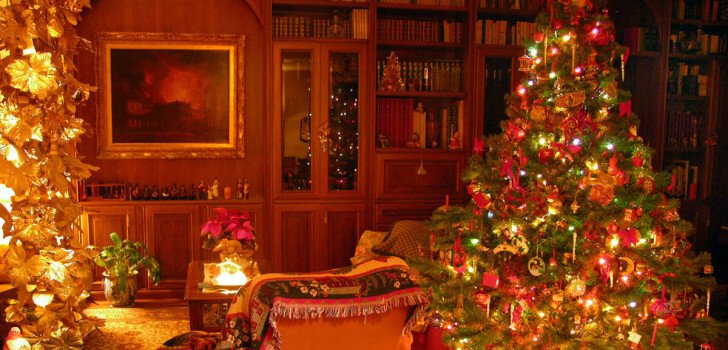Scientists from the University of Copenhagen believe that they have discovered a portion of the brain that determines whether or not they are able to get in the holiday spirit. The scientists have nicknamed this area of the brain the “Christmas Spirit Network”. More broadly speaking, this portion of the brain might able to help explain the neuroscience behind various cultural traditions.
The scientists wrote in their findings, “Throughout the world, we estimate that millions of people are prone to displaying Christmas spirit deficiencies after many years of celebrating Christmas. Accurate localization of the Christmas spirit is a paramount first step in being able to help this group of patients.”
The University of Copenhagen scientists studied the brain activities of 26 different healthy patients. During the scanning of their brains, the participants wore goggles that flashed a series of 84 different images for about two seconds each. The images consisted of six Christmas-like images, followed by six images that were devoid of anything related to Christmas, and so on and so forth until all 84 images had been displayed. After this, the participants then responded to questions regarding their Christmas traditions and their feelings toward the Christmas season.
Using these findings, the researchers were able to separate the Christmas-lovers from those who don’t care so much for the holiday. It turns out that the Christmas-lovers were typically those who often celebrated Christmas according to traditions typically found in Denmark. Those who did not have a strong association towards Christmas were mostly from countries that don’t have many Christian roots, such as Pakistan and Iraq.
While the researchers noted that the Christmas images typically boosted the brain activity in the visual cortex, the part of the brain that processes images, more than the everyday images in both groups, the Christmas scenes also produced heightened brain activity in other regions of the brain for the Christmas-loving group.
In total, there were five different regions of the brain that demonstrated stronger activation in the Christmas-loving group than the Christmas-neutral group when presented with Christmas images. Some of these brain areas are commonly associated with spirituality and the recognition of emotions. In the end, the researchers identified these five regions as the Christmas Spirit Network.
Needless to say, the scientists managed to prove that the idea of Christmas and the holidays have a very real and emotional impact on some people. It would also be expected that similar results could be achieved by looking at images representing the holidays of other religions as well.
Stay Connected